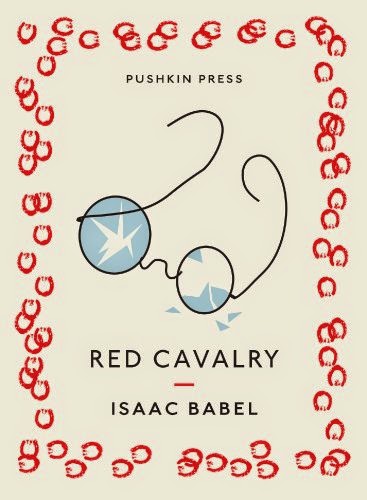Photo by Bob Williams
Butterfly Blue, the
June release from vocalist Halie Loren is on the 58th GRAMMY ballot for well-deserved
consideration in the “Best Vocal Jazz Album” category. The dynamic album
takes its title from two of its original songs, Loren’s own “Butterfly” and
“Blue” from guitarist Daniel Gallo. Taken together they are intended as an
indication of the album’s thematic connection which the singer suggests is the
need to find a way through moments of pain and sadness to new and even more
beautiful experiences—much the way a caterpillar metamorphoses into a
butterfly. Whether you buy the metaphor or not needn’t affect your pleasure in
the music. Halie Loren can sing with the best of them, and song after song, she
makes that clear.
The album is an intelligent mix of standards and original
material, once in a while leaning to pop, more often creative, straight forward
jazz. Songs like Gallo’s “After the Fall” and Loren’s “Danger in Loving You”
have a real noir sound right out of a 1940’s black and white flick. Just listen
to Rob Birdwell’s flugelhorn on the former and Joe Freuen’s trombone highlights
on the latter. Loren’s vocals are on the money. On the other hand she opens the
set with her own more pop oriented “Yellow Bird.” Still, even here punctuated
with some sweet vocalise.
Her work on the classic material tends toward creative
interpretation. And although her treatment of a tearful warhorse like “Stormy
Weather” is a little too upbeat for my taste, she takes a tune like “Boulevard
of Broken Dreams” and knocks it out of the park. “Our Love Is Here to Stay” and
“I’ve Got You Under My Skin” are winners. “I Wish You Love” with some of the
original French lyrics thrown in is magical. She closes on a high with Horace
Silver’s “Peace.”
With solid album after solid album, this has been a great
year for vocal jazz. Butterfly Blue
belongs on any long award list. Bob
Williams




































